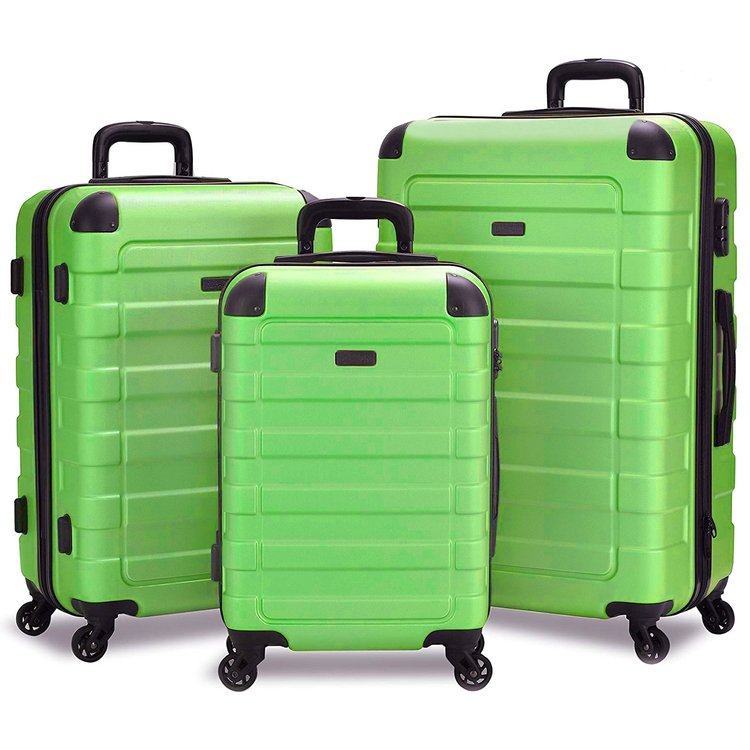In today’s increasingly connected world, embarking on a solo travel adventure no longer means being cut off from loved ones or essential services. The freedom of exploring new destinations independently comes with unique challenges, particularly staying connected without breaking the bank.
According to recent research, the global eSIM market is projected to grow from $1.22 billion in 2023 to $6.29 billion by 2032, reflecting a compound annual growth rate of 29.6%. This dramatic growth highlights how travelers are embracing innovative connectivity solutions.
Whether you’re hiking through remote mountains or navigating bustling city streets, understanding how eSIM for travel can enhance your journey is essential for the modern explorer.
The Solo Traveler’s Connectivity Dilemma
Traveling alone presents unique communication challenges that differ from group travel experiences. Before diving into specific issues, it’s important to understand why connectivity matters so much when you’re on your own.
Safety Concerns and Reliable Communication
When you’re exploring unfamiliar territory by yourself, having a reliable way to contact emergency services or loved ones isn’t just convenient, it’s essential. Many solo travelers struggle with spotty connections or expensive roaming charges precisely when they need communication most.
For years, international travelers relied on travel sim card options that required physical swapping, often leaving them temporarily disconnected during the transition. This gap in connectivity could be particularly concerning for those traveling alone in unfamiliar surroundings.
Budget Considerations for Long-Term Travelers
Solo travelers often embark on extended journeys, making traditional international phone plans prohibitively expensive. Daily roaming fees can quickly add up, forcing travelers to choose between staying connected and staying on budget.
The unpredictable costs associated with international roaming have historically been a major pain point. Many travelers report receiving shocking bills after returning home, despite their best efforts to monitor usage.
Multiple Destinations and Network Challenges
Moving between countries presents unique connectivity hurdles. Each border crossing typically means finding a new local SIM card, navigating language barriers at mobile shops, and reconfiguring your device, all while managing your luggage and transportation.
These practical challenges often leave solo travelers temporarily disconnected during crucial transition periods, precisely when they might need navigation assistance or safety information most.
Understanding eSIM Technology for Travelers
The digital revolution has transformed how we stay connected while traveling, with eSIM technology leading the charge. This innovation eliminates many traditional connectivity headaches, particularly for those exploring the world on their own.
What Makes eSIM Different from Physical SIM Cards
eSIM for travel fundamentally changes the connection experience by embedding the SIM functionality directly within your device. Unlike physical cards that need to be manually inserted and removed, eSIMs are programmable remotely.
This digital approach means you can store multiple operator profiles on a single device, switching between them without physically changing anything. For solo travelers moving between countries, this eliminates the need to carry and swap tiny SIM cards.
The embedded technology also offers enhanced security features. Since there’s no physical card to lose or have stolen, your connection profile remains safer during your journeys.
How eSIM Works Across Borders
The magic of eSIM technology lies in its borderless nature. When crossing into a new country, you can simply activate a new profile from your existing provider or purchase a local plan digitally.
Many eSIM providers partner with multiple global carriers, giving travelers access to the strongest available network in each location. This eliminates the guesswork of choosing the right local provider when arriving in a new destination.
For remote areas with limited coverage, having access to multiple networks through a single eSIM can significantly improve your chances of maintaining essential connectivity, a crucial benefit of eSIM for adventure travelers venturing off the beaten path.
Essential Benefits of eSIM for the Solo Adventurer
The advantages of embracing travel technology like eSIMs extend far beyond convenience, particularly for those exploring independently. These benefits directly address the unique challenges solo travelers face.
Instant Activation Upon Arrival
One of the most immediate benefits of eSIM is the ability to connect the moment your plane touches down. Rather than searching for a mobile shop at the airport or navigating to one in an unfamiliar city, you can be online immediately.
Pre-purchasing your eSIM plan before departure means you can activate your connection instantly upon arrival. This immediate connectivity allows you to access maps, translation apps, and ride-sharing services without delay.
For solo travelers arriving in a new destination, especially at night or in unfamiliar areas, this immediate connection provides vital peace of mind and practical safety benefits.
Enhanced Safety for Independent Travelers
Safety considerations remain paramount for solo adventurers, making reliable communication one of the most important benefits of eSIM technology. Having constant access to emergency services can be life-saving in critical situations.
Real-time location sharing with trusted contacts provides an additional layer of security. Many solo travelers establish check-in routines with family or friends, which require consistent connectivity to maintain.
The ability to quickly research safety information about unfamiliar areas or access emergency translation services can help solo travelers navigate unexpected situations more confidently.
Flexible Multi-Country Coverage
For ambitious travelers covering multiple destinations, eSIM for travel eliminates the need to research and purchase new local SIMs at each border crossing. A single digital solution can cover entire regions or even global itineraries.
Regional eSIM plans typically offer better value than purchasing individual country plans, making them ideal for multi-destination trips. This predictable pricing helps solo travelers budget more accurately for their communication needs.
The seamless transition between countries means you’ll never experience those frustrating connectivity gaps that often occur during border crossings with traditional SIMs.
Choosing the Perfect eSIM Plan for Your Journey
Selecting the right connectivity solution is crucial for ensuring your solo travel experience remains smooth and stress-free. The ideal plan balances coverage, cost, and your specific usage patterns.
Destination-Specific Considerations
Different regions present unique connectivity challenges that should inform your eSIM selection. Urban destinations typically offer excellent coverage across multiple networks, while remote areas might rely on specific carriers.
Some countries have regulatory restrictions that affect how eSIM services operate. Researching these limitations before departure ensures you don’t encounter unexpected connectivity issues upon arrival.
Regional coverage differences can significantly impact your experience, particularly if your itinerary includes both major cities and rural excursions. The best providers offer detailed coverage maps to help you plan accordingly.
Usage Pattern Analysis
Your typical online activities dramatically affect which eSIM for travel plan makes sense for your journey. Social media browsing requires relatively little data, while video calling and content creation demand much more.
Work-related connectivity needs might necessitate more reliable connections with higher data caps. Digital nomads often benefit from unlimited plans that allow for extended work sessions without worrying about overage charges.
Navigation, translation, and research activities, all essential for solo travelers, consume varying amounts of data depending on your specific apps and usage frequency.
Duration-Based Selection
The length of your adventure significantly impacts which eSIM technology solution offers the best value. Short-term travelers often benefit from pay-as-you-go options with limited validity periods.
Long-term travelers and digital nomads might find better value in monthly renewable plans or extended data packages. These typically offer better per-gigabyte rates than shorter-term options.
Many providers offer extendable plans that allow you to add more data or time if your travel plans change unexpectedly.
Final Thoughts on Staying Connected During Solo Adventures
The intersection of solo travel and eSIM technology represents a significant leap forward for independent adventurers. The ability to stay connected while traveling without physical SIM cards streamlines the journey and enhances safety. With the right eSIM solution, you can focus on the experiences that matter rather than worrying about connectivity logistics.
As travel technology continues to evolve, the benefits of eSIM for solo travelers will likely expand even further. From seamless connectivity across borders to enhanced safety features, these digital solutions address the unique challenges faced by those exploring the world on their own terms.
Whether you’re a seasoned solo adventurer or planning your first independent journey, embracing eSIM technology can transform your travel experience from potentially stressful to wonderfully liberating.
Common Questions About Travel eSIMs
Does eSIM affect connectivity?
From a technical perspective, there’s no inherent advantage or disadvantage in signal strength between eSIMs and traditional SIM cards. Both rely on the same cellular network infrastructure to provide coverage. The key difference lies in flexibility and convenience rather than signal quality.
Can I use my regular phone number and eSIM simultaneously?
Yes! Most modern smartphones support dual SIM functionality, allowing you to keep your home number active while using an eSIM for data abroad. This means you can receive important calls and texts on your regular number while using local data for everything else.
What happens if I visit a country not covered by my eSIM plan?
If your travel plans change to include destinations not covered by your current eSIM, most providers allow you to purchase additional country or regional packages. You can activate these new packages while keeping your existing plan, ensuring continuous coverage across your entire journey.
YOU MAY ALSO LIKE: How K12 Tutoring Provides Customized Learning for Every Student











